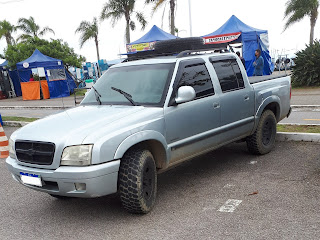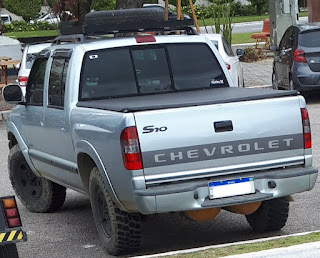Friday, March 25, 2022
Brazilian Chevrolet S10 with underbody CNG kit and roof-mounted spare wheel
Saturday, March 05, 2022
3 reasons why it could make sense to use a copy of the Suzuki F10A engine in some versions of the Opel Corsa B
1 - easy availability: many Chinese factories still make copies of the Suzuki F10A engine, which used to be widespread in the early days of entry-level car manufacturing in China and retain a foothold in the light-duty commercial vehicle market;
2 - torque output not much worse than the Brazilian 1.0L engine: even when Chinese copies of the Suzuki F10A engine resorted to carburettors, the torque rating was roughly the same as the Brazilian 1.0L engine which resorted to a single-point electronic fuel injection at the same time;
3 - ease to overcome the more stringent rules enforced against the Guandong-based CKD assembly operations: with such an essential component being sourced inside China, qualifying for a lower taxation would remain possible for a longer time.



